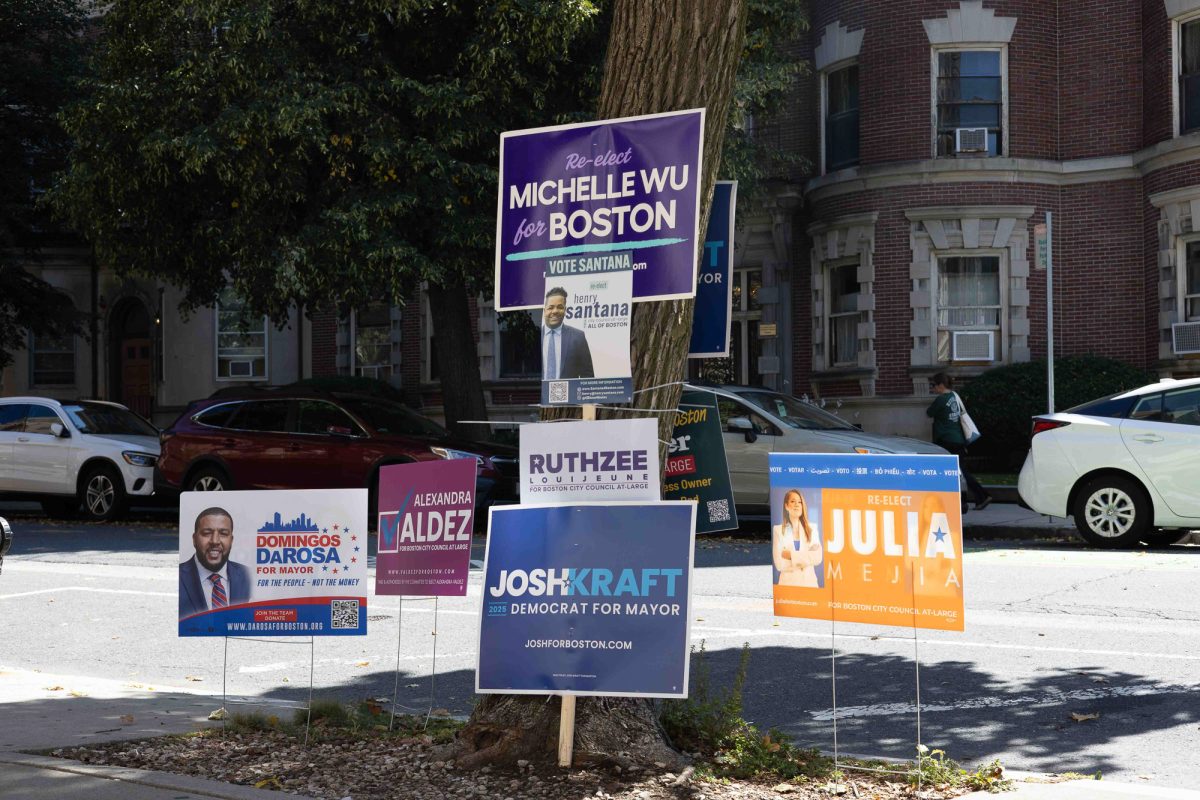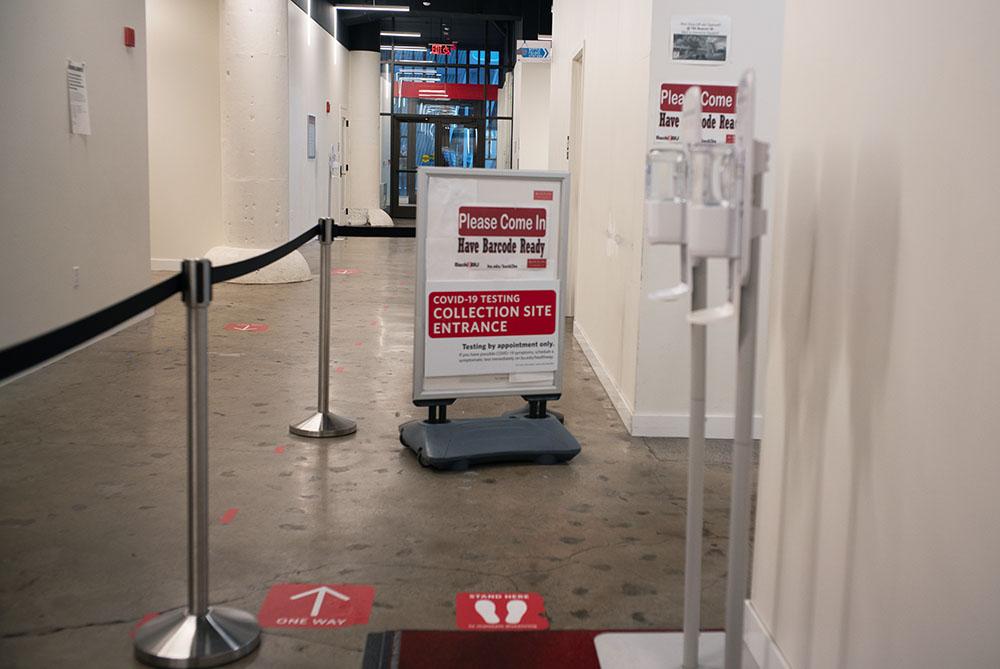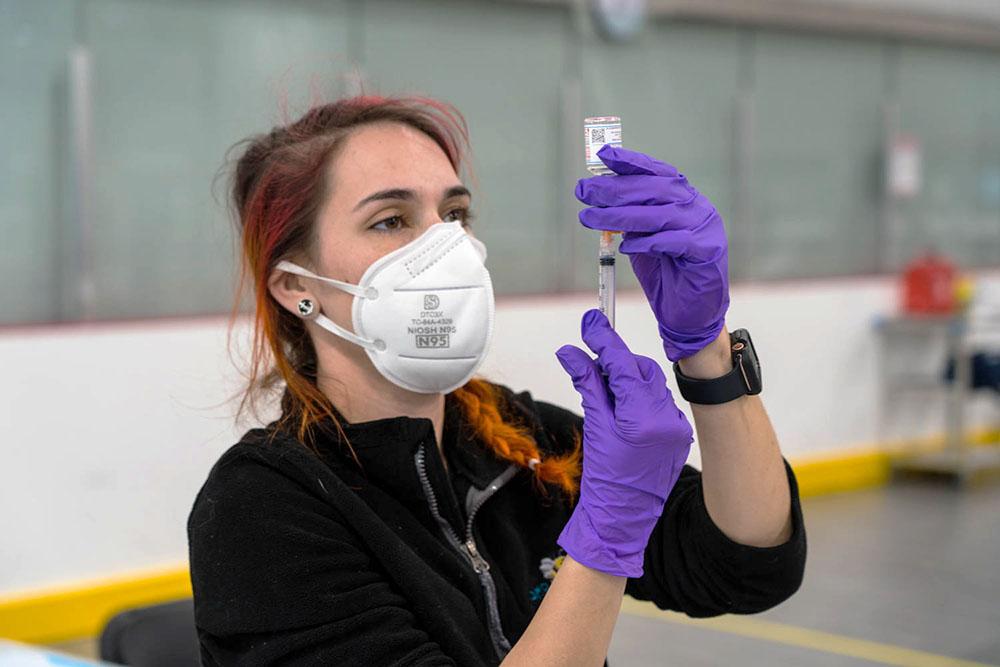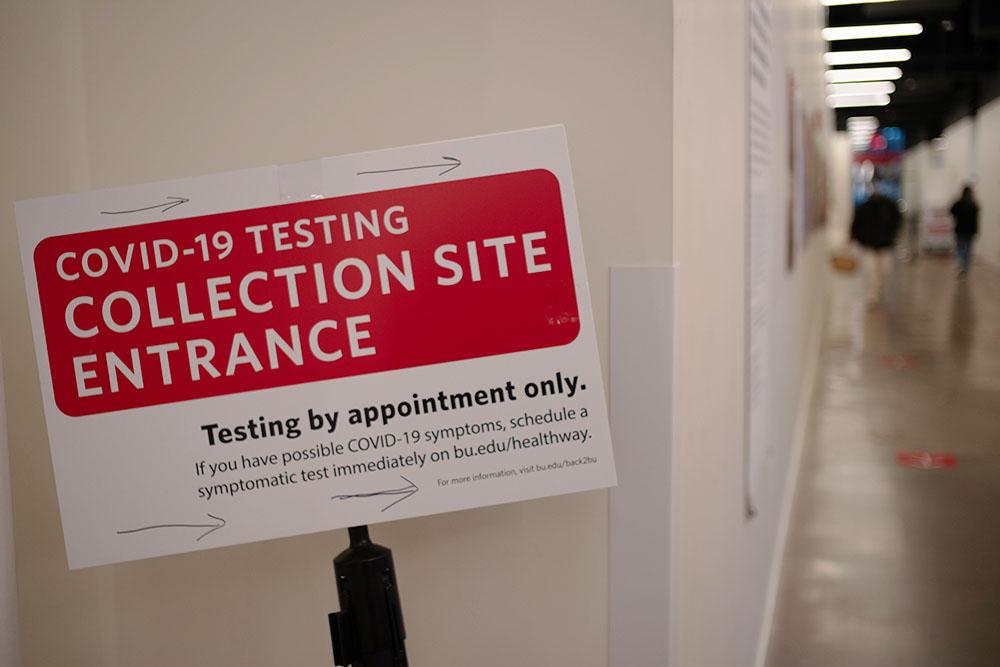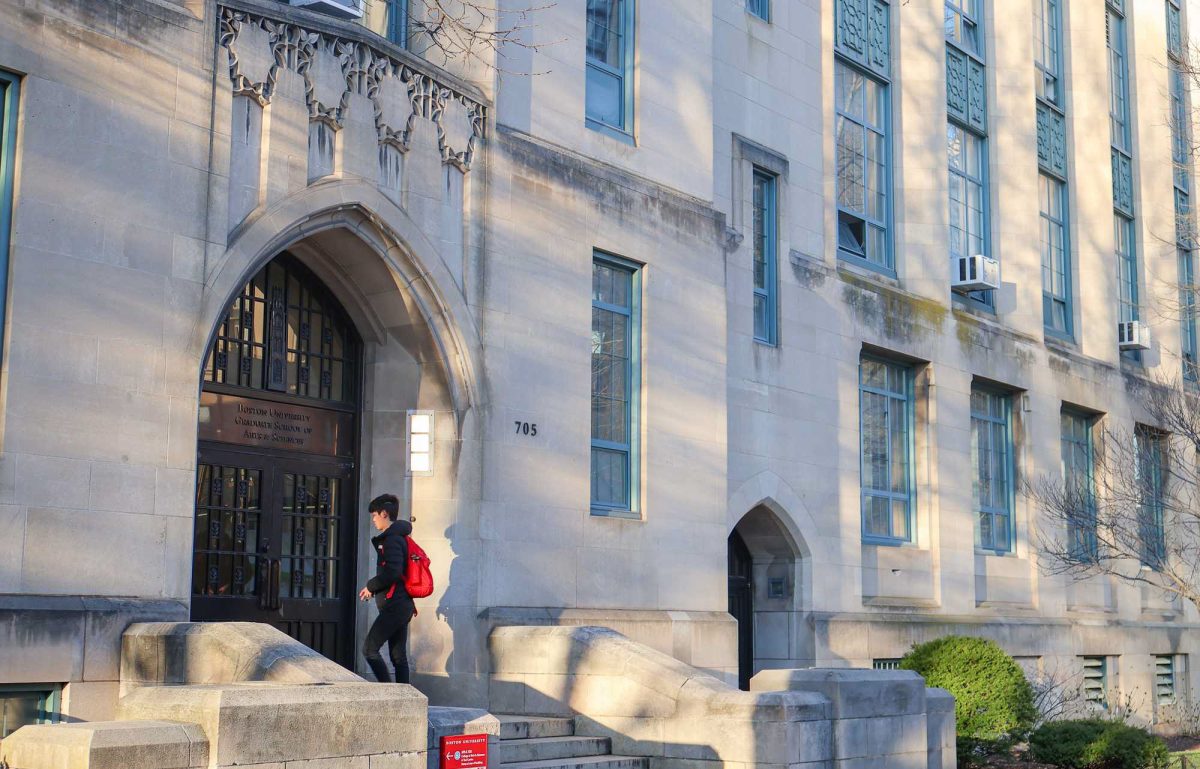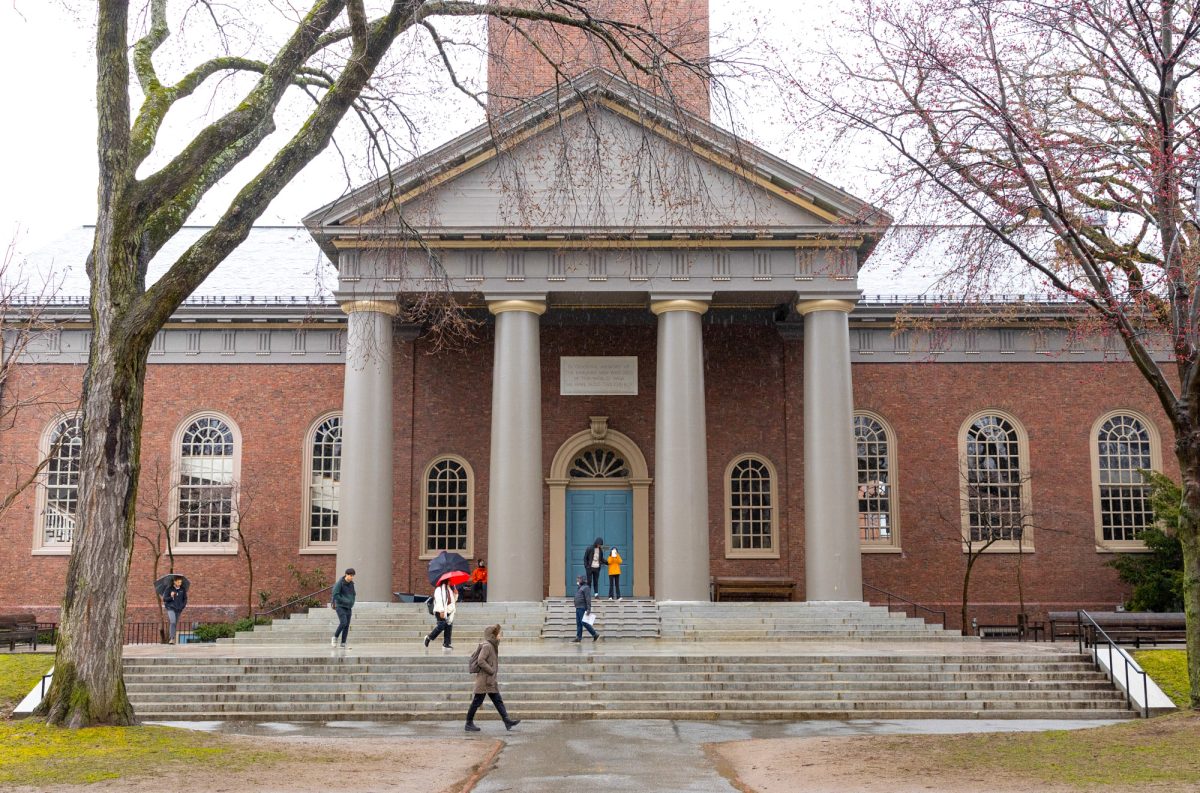On Monday, Gov. Charlie Baker initiated phase one of reopening Massachusetts. This includes the reopening of manufacturing and construction sites and places of worship on Monday, followed by additional services on May 25.
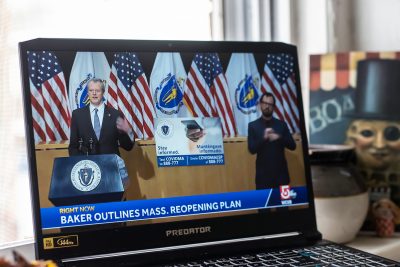
“As we balance the shared goals of maintaining both public safety as well as activating our economy, we are faced with a new challenge of living with the virus,” Lt. Gov. Karyn Polito said during a press briefing. “Our roadmap provides us with a plan and a direction point to get started.”
Each phase of the four-phase plan will last at least three weeks, Baker said. Despite reopening the state, his administration still highly encourages mask-wearing, social-distancing, hand-washing and being “vigilant” about symptoms.
“This effort will hinge, fundamentally, on personal responsibility,” Baker said. “Everyone knows we’re not helpless in this fight. We all have roles to play.”
Office spaces can reopen in all cities — except Boston — to 25-percent capacity starting May 25. Retailers can offer curbside pickup and some personal service providers, such as barber shops and hair salons, will also be allowed to reopen under specific safety guidelines.
Baker acknowledged that recent restrictions have imposed hardships on many, but said he requests residents continue adhering to safety practices. This period, he said, is not permanent.
“This guidance asked people to change behaviors,” Baker said. “And it changes the way some of our favorite places look and feel.”
To determine specific safety protocols for Boston’s biggest industries, Polito said the state has formed a new workgroup for restaurant accommodations and tourism.
Businesses planning to reopen must be compliant with all state safety regulations and guidelines before reopening, Polito said. Businesses presently open must adjust to the new regulations by May 25.
Industries will reopen while following state advice on several areas of guidance, Polito said. Each industry will have a document outlining practices for staffing and operations as well as cleaning and disinfecting.
Businesses must also outline their own “control plan” on how the workplace will maintain safety and prevent spread of the virus, Polito said.
A planning template for businesses is on the Massachusetts government reopening website.
Businesses in phase two or phase three are encouraged to get a “head start” on safety protocol, Polito said. If they do not follow the state’s guidelines, enforcement actions such as fines or state intervention may occur.
“Most enforcement actions may come from a worker or a customer who might initiate a complaint,” Polito said. “But the goal with enforcement is to educate and promote compliance.”
Currently, Polito said, only 35 percent of the state’s emergency child care capacity is filled. Although returning to the workplace is not encouraged, Polito said those with no alternative for child care should use the government’s emergency system.
The 1,400 summer camps across the state provide another option for child care, Polito said. These camps will potentially be reopened in phase two with limitations.
“We are aware that summer camps serve an important purpose,” Polito said, “not only for our children, but for our families.”
Employers should also stagger schedules, Polito said, and look toward work-from-home policies to alleviate high demand during rush hours.
During phase one, public transit will maintain limited service while still supporting those returning to the workplace, Polito said. By phase three, the Massachusetts Bay Transportation Authority will return to full service with some modifications.
On public transit, riders are still required to wear face coverings and make efforts to social distance.
Secretary Marylou Sudders said that as of Monday, Intensive Care Units now have 30-percent availability for “high-priority preventive services.” These services include pediatric immunizations and urgent procedures that had been initially deferred because of COVID-19.
Massachusetts also plans to submit its COVID-19 testing plans to the federal government by May 24, Sudders said. The state hopes to test 45,000 people a day by the end of July, and 75,000 a day by the end of December.
However, universal testing is not the ultimate goal, Sudders said. With federal funding, the state hopes to decrease the positive test rate to less than 5 percent, prepare for a potential surge later in the year, expand lab processing capabilities and reduce turnaround time for test results.
To inform the public, Sudders said the state will release statistics once a week marked with red, yellow and green to indicate positive, neutral or negative progress. The six markers of progress include the positive COVID-19 test rate as well as number of deaths and hospitalizations, health care system readiness, testing capacity and contact tracing.
“Until we only have a handful or no deaths,” Sudders said, “we can never say that we’re trending positive in that area.”
Despite the challenges they have faced, Baker said the communities of the Commonwealth have shown the resilience in the face of the unforeseen.
“Everyone has sacrificed a wedding or major moment in life without holding their loved ones at the exact time they needed to be held the most,” Baker said. “But the response, the fight, the millions of people who are doing what they have to do to push back has been brave and bigger.”


















































































































